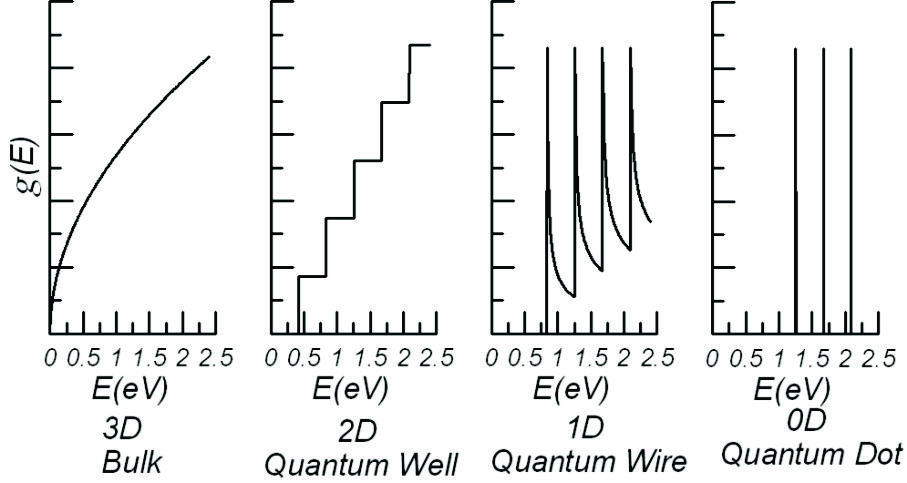The high electrical and thermal conductivities of 2D materials are ideal for thermoelectric applications. Specifically, high thermal conductivity is fundamental for cooling devices, while high electrical and low thermal conductivities are necessary for thermoelectric generation. A well-known strategy to improve the thermoelectric response is through the so-called low-dimensional thermoelectricity.
“This concept relies on the redistribution of the density of states by reducing the dimensionality of thermoelectric devices “

Quantum wells, wires, and dots are the typical structures used to reduce the dimensionality
In graphene there are several reports in which the thermoelectric response is improved using nanoribbons, antidot lattices, or nanopores. By mixing the edges of the ribbons, playing with its geometry, or making pores in the graphene sheet it is possible to reduce the thermal transport while maintaining a good electrical response.
In the 2DMRG the thermoelectric properties of low-dimensional structures in graphene and silicene have been studied. In particular, the Seebeck coefficient, power factor, and figure of merit in periodic and aperiodic superlattices have been assessed. It is found that the redistribution and accumulation of the density of states caused by the periodic and aperiodic superlattice potential gives rise to an effective improvement of the thermoelectric properties. The impact of structural disorder has been also evaluated. In bilayer graphene barrier structures resonances such as Breit-Wigner, Fano and hybrid can help to accumulate electron states, resulting in remarkable thermoelectric properties. The 2DMRG is also assessing important effects such as bandgap opening, warping, and periodic and aperiodic nanostructuration. The aim of the 2DMRG is to extent this kind of studies to important 2D materials such as TMDs and phosphorene as well as to explore non-conventional superlattices to improve the thermoelectric response.
